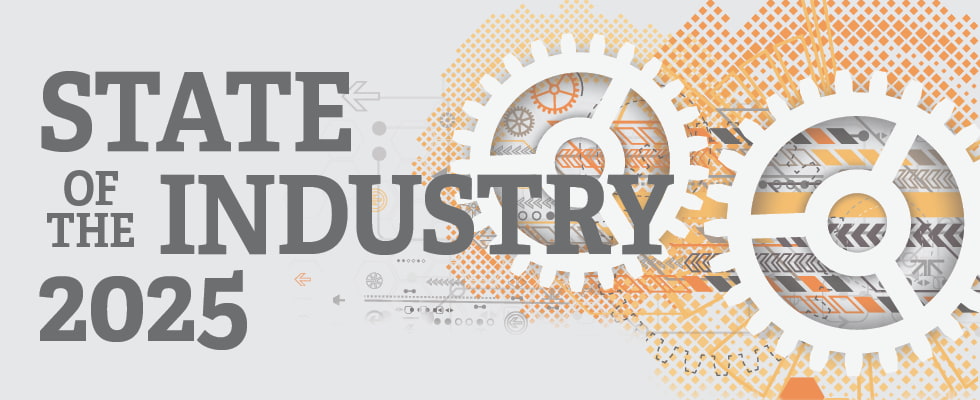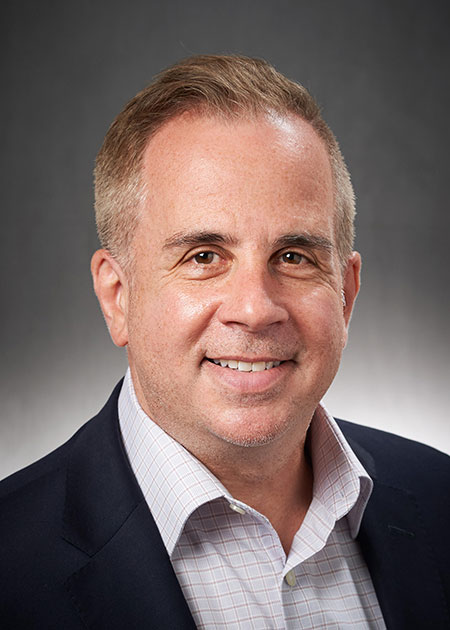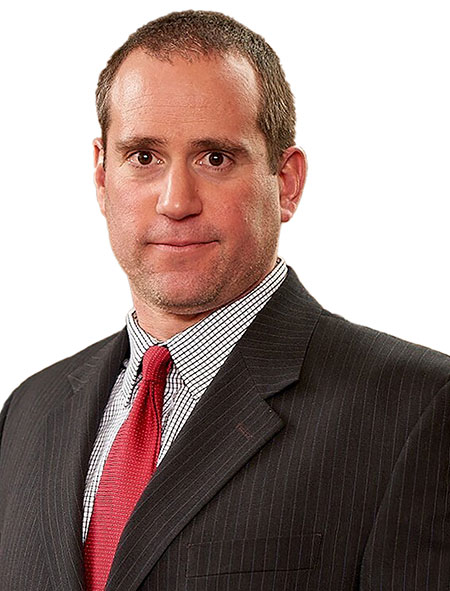


1. What key trends have emerged over the past year, and how are they shaping the market?
Aaron Merkin: The push toward digital transformation remains strong, with data-driven decision-making and predictive maintenance taking center stage. Businesses are looking to collect more data and use the stream of data from IoT solutions to inform their decision making. It's been a challenging time, and customers are trying to decide where to invest in terms of improving productivity, operations and reliability. The ability to have real time data allows them to improve their decision making while accelerating a shift towards predictive maintenance.
Predictive maintenance is increasingly being talked about in conversations around sustainable operations, optimizing equipment for both reliability and environmental impact. By enhancing renewable energy asset availability, extending equipment lifespans and lowering emissions, predictive maintenance supports companies’ ESG (Environmental, Social and Governance) goals. With customers placing more emphasis on sustainability, this strategy aligns operational reliability with global environmental priorities.
2. What training or educational initiatives are being implemented to prepare the next generation of professionals?
Aaron Merkin: Many of our customers are leveraging automation and advanced functionality within tools to help streamline tasks and increase output with fewer hands-on roles, particularly for repetitive tasks. Additionally, the adoption of VR and AR capabilities to perform training is on the rise. While there are still questions about the safety of AR on the factory floor, it presents an opportunity for off-floor simulation, helping people become familiar with operations before moving to the floor.
Jason Waxman: On the business side, there's been significant investment in continuous learning and upskilling to keep teams abreast of emerging technology trends. Companies are establishing partnerships with trade schools and universities to create a pipeline of skilled employees. For example, Fluke participated in this year’s WorldSkills Program to be at the forefront in educating the next generation of electricians, enabling them to be more productive and familiar with using our tools as they enter the workforce.
3. What upcoming technologies or innovations do you foresee having the most significant impact on the industry in the next five years?
Aaron Merkin: We are already seeing Artificial intelligence (AI) and machine learning (ML) transforming predictive maintenance and process optimization, enabling manufacturers to improve uptime and efficiency while reducing costs. The ability to plan things like inventory, resources and production is game-changing to not just efficiency but the bottom line.
Jason Waxman: A continued focus on smart tools will revolutionize manufacturing for frontline workers. The future of industrial plant maintenance is evolving, it’s clear that electricians and plant technicians are experiencing a fundamental shift in how they interact with machines. Smart tools are critical for driving efficiency, safety and success. Supported by edge computing, cloud connectivity and AI, they are more than just measurement devices—they analyze and provide actionable insights. Evolving from basic tools to intelligent agents. For instance, customers are using thermal imagers to scan hundreds of drywall panels in just minutes, pinpointing defects before they lead to costly recalls or legal issues, ultimately protecting businesses from significant financial risks and empowering workers on the frontline.
4. How has the global supply chain affected your business in the past year?
Aaron Merkin: When we talk to customers, there’s definitely a continued emphasis on building resilient supply chains, driven by disruptions of the past few years. Building adaptability and transparency into supply chains has become crucial. There's also uncertainty around trade headwinds, raising questions about the reliability of overseas suppliers. As a result, businesses are exploring ways to integrate adaptability and transparency by reshoring or seeking alternate suppliers outside of potentially problematic regions and adopting dual-source strategies for critical equipment. Technologies such as AI and PdM are being integrated into supply chain planning to predict spare parts needs well in advance which also reduces stress from reactive fixes.
5. How have customer expectations changed in the past year, particularly regarding service, performance and sustainability?
Aaron Merkin: The current economic climate has amplified the focus on efficiency and maintaining equipment rather than replacing it. As this trend gains momentum, more businesses are looking to automate with condition monitoring and connected reliability. Advances in technology, such as wireless sensors, have made continuous monitoring more affordable, allowing for broader asset coverage and improved efficiency. This approach cuts energy use, reduces waste and lowers costs, demonstrating that sustainability-focused maintenance can drive both environmental and economic benefits.
6. What’s on your mind/what are you most concerned about?
Jason Waxman: One of the biggest concerns is the manufacturing skills shortage. This topic comes up in nearly every industry conversation, and it's not going away, especially as seasoned experts with years of experience begin retiring. In our recent Fluke Reliability survey, 90% of respondents report that the skills shortage has impacted their organization. The same study showed manufacturers are turning to AI (98%) as a viable solution to help bridge the gap. We continue to focus on how we can help contribute positively; through training and making tools that allow test and measurement professionals to do their job as safely and efficiently as possible.
Aaron Merkin: As an industry, we need to focus on what we can control: automating processes through AI to relieve teams, adopting new technology or training to upskill existing employees and ensuring knowledge transfer from those set to retire. Most importantly, are we investing in the next generation of trades persons by partnering with schools, universities and development programs? We shouldn’t be talking about a problem if we aren’t trying to fix it.
7. What are you most looking forward to in 2025?
Jason Waxman: I feel this year we will see huge benefits from adoption of AI within manufacturing. We’ve seen enough compelling pilots utilizing these technologies and finding best fit within operations. I’m particularly excited by the impact of AI applied to predictive maintenance and visual quality management. Deloitte reported that predictive maintenance can result in a 5-15% reduction in facility downtime and a 5-20% increase in labor productivity. This, given the skills challenges right now and the cost of downtime per minute, is a compelling proposition for operators.

